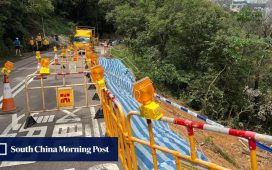A government advisory body has conditionally approved a report on the environmental impact of building a technology hub near the city’s border with mainland China, despite criticism from green groups.
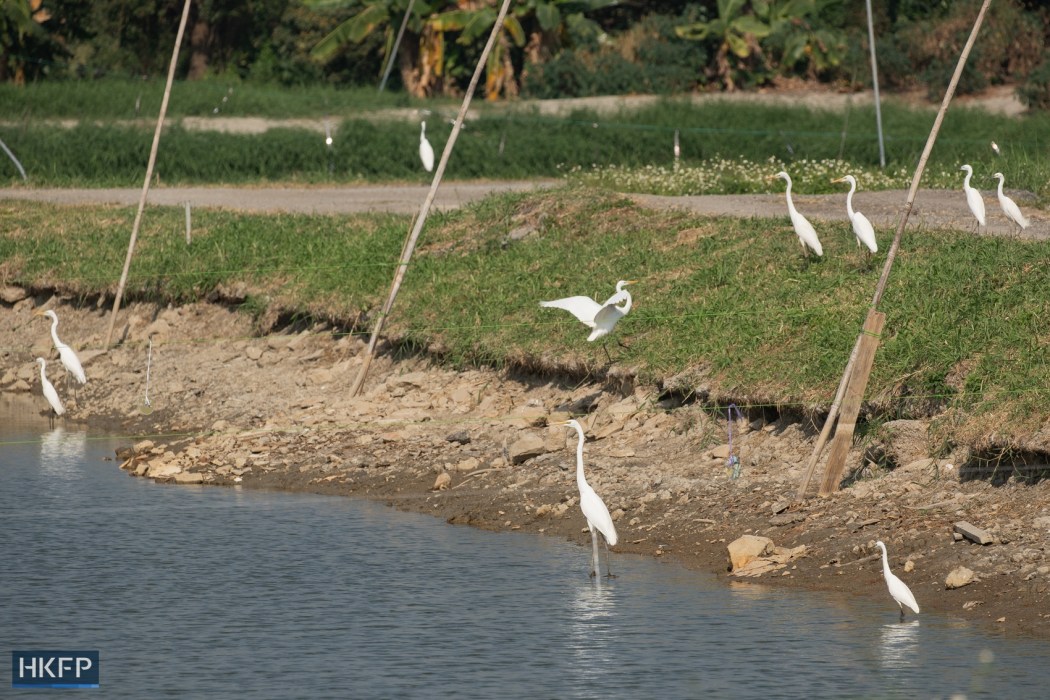
The Advisory Council on the Environment (ACE), a government-appointed body, on Monday unanimously endorsed the government’s environmental impact assessment for the San Tin Technopole.
See also: What is Hong Kong’s San Tin Technopole and why is the planned tech hub controversial?
The report was submitted by the Civil Engineering and Development Department (CEDD).
The planned tech hub will cover 627 hectares, including some 300 hectares for tech purposes and up to 54,000 homes.
Conditional approval
Speaking to the press on Monday after a four-hour meeting with the body, council chairman John Chai said the ACE had a list of conditions aimed at mitigating the tech hub’s impact on the environment.
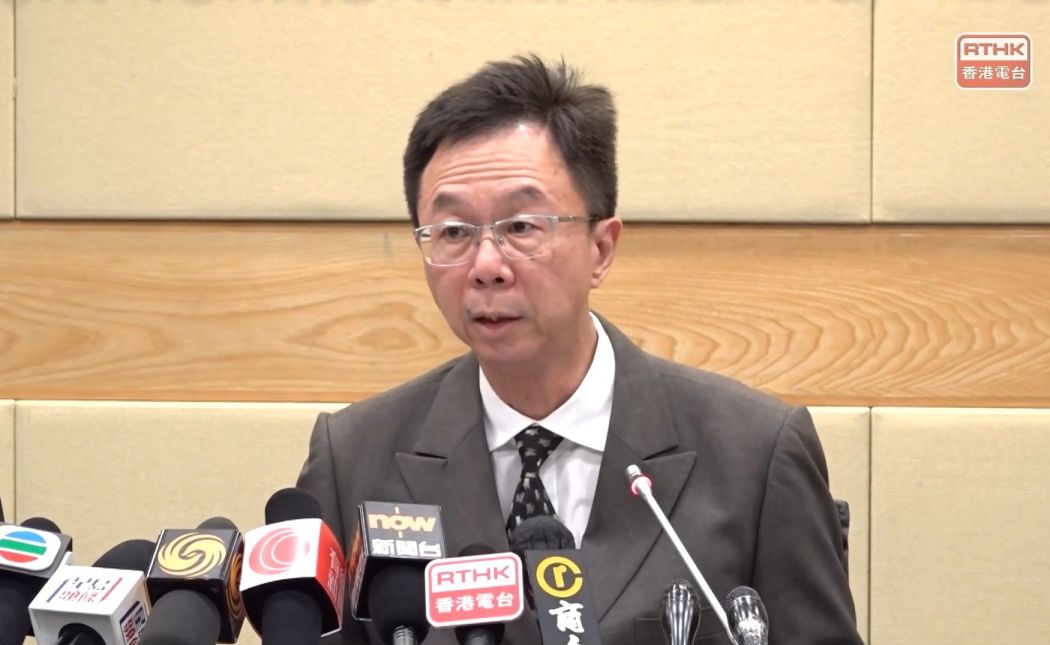
The CEDD should formulate a “habitat creation and management plan” to the Environmental Protection Department nine months before it starts filling fishponds. The plan should outline compensation measures, a management strategy, and monitoring requirements, according to an ACE document.
The body said the CEDD must draw up a detailed design plan for wildlife corridors and submit an implementation plan for wetland enhancement measures at Mai Po. The CEDD will also be required to report to the ACE regularly on its progress.
The government will also be required to set up a committee comprised of academics, government officials, and green groups to monitor the implementation of the mitigation measures, the ACE said.
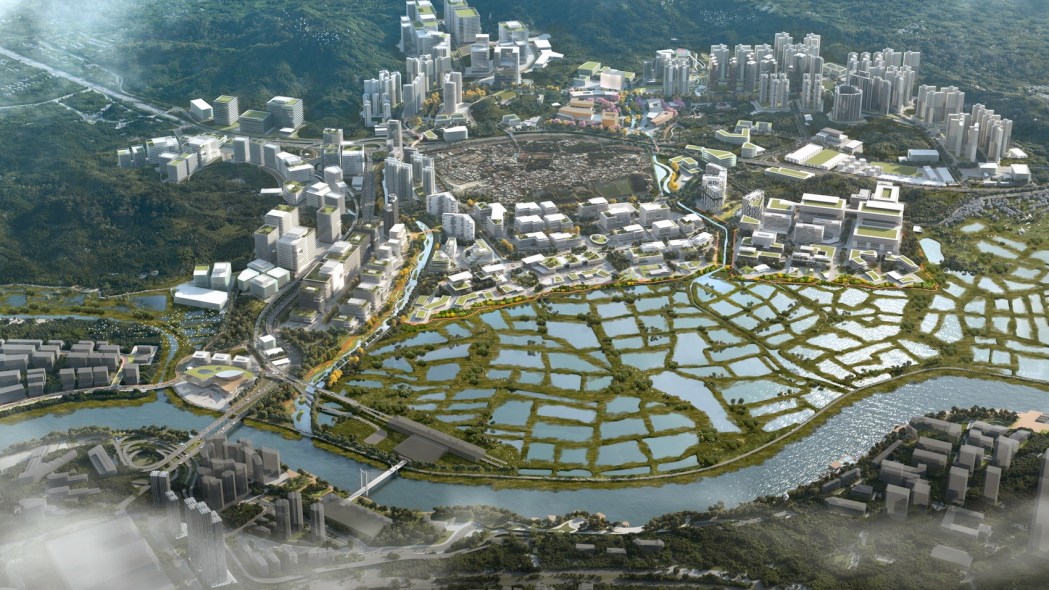
The council also made seven recommendations, including exploring whether it was feasible to implement “green building” and urban farms in the tech park with bird-friendly designs and limited light pollution.
The EPD said in a statement on Monday that the Director of Environmental Protection Samuel Chui will review the report and consider comments raised by the public and the ACE before the environmental department makes a final decision on whether to approve the report.
Statutory violations
The council’s decision came a week after green groups including Greenpeace and the Conservancy Association urged against approving the assessment, saying that it had violated 35 statutory requirements and made 27 serious technical assessment and data errors.
Conservancy Association campaign officer Kristy Chow said the government’s assessment was based on the original 320-hectare plot, and had therefore violated a statutory guideline requiring a repeat assessment if there are changes to the scope of evaluation.
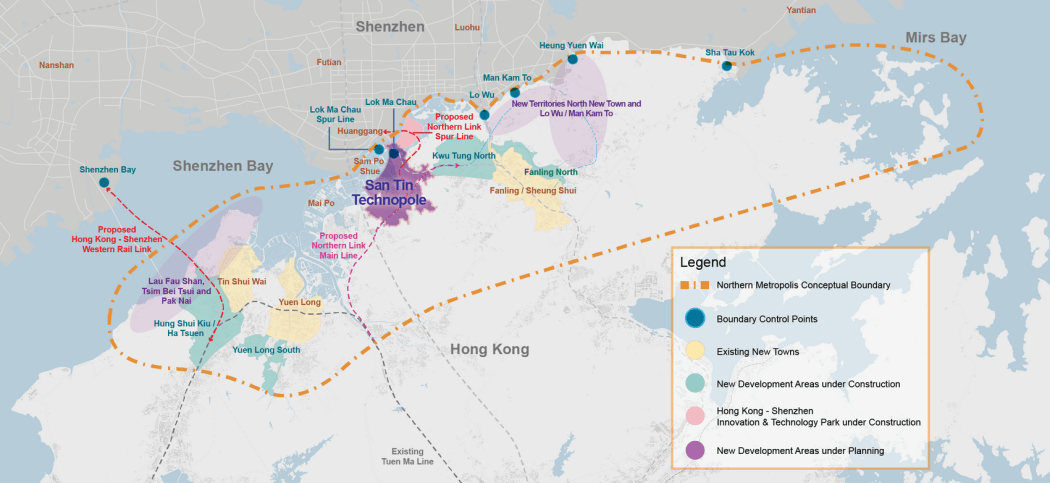
In regards to those claims, Chai on Monday said the EPD had decided that the CEDD did not have to produce a new assessment, while Tsang said the assessment was satisfactory as it had covered all the topics required under the Environmental Impact Assessment Ordinance.
Greenpeace senior campaigner Chan Hall-sion said last week that the advisory body’s approval would warrant a judicial review – a legal examination of administrative bodies’ decisions.
Following the council’s decision, the Conservancy Association, Greenpeace, and the Hong Kong Bird Watching Society issued a statement expressing “deep disappointment,” calling the impact report “improper, incomplete, unscientific, and untrustworthy.”
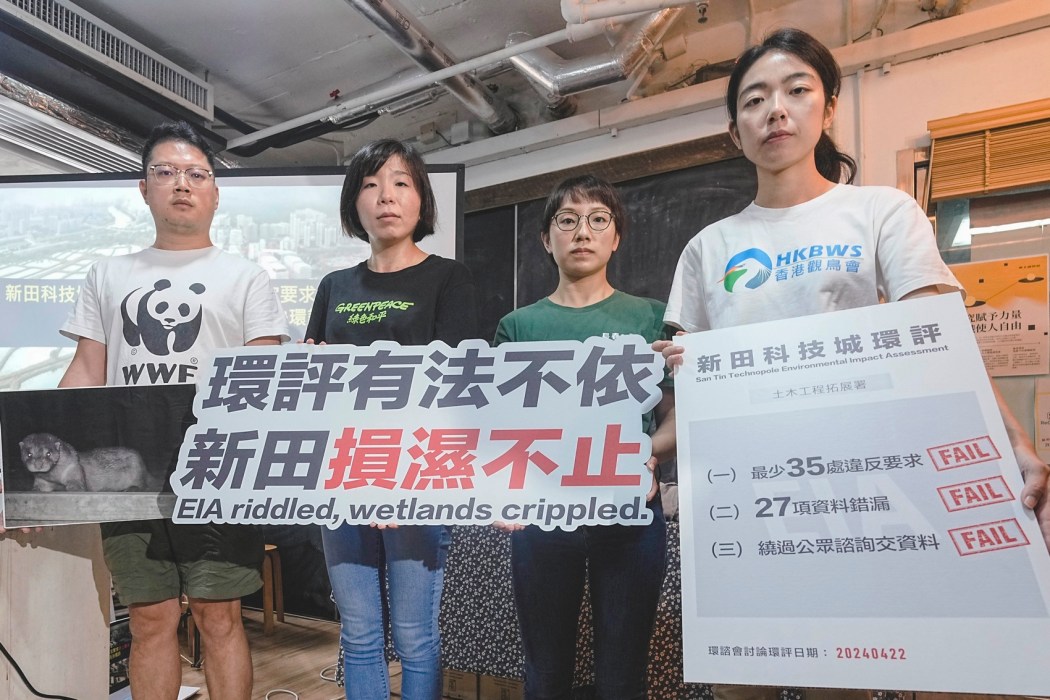
“Green groups are concerned that once the assessment is passed, unprecedented damage may be brought to the only remaining internationally recognised wetland in the Greater Bay Area. We urge the EPD to seize the last change to reject the San Tin environmental impact assessment,” the statement read.
Meanwhile, Chief Executive John Lee on Tuesday welcomed the council’s endorsement of the assessment as well as its recommendations, saying the authorities “attach great importance” to both development and environmental protection.
Support HKFP | Policies & Ethics | Error/typo? | Contact Us | Newsletter | Transparency & Annual Report | Apps
Help safeguard press freedom & keep HKFP free for all readers by supporting our team




